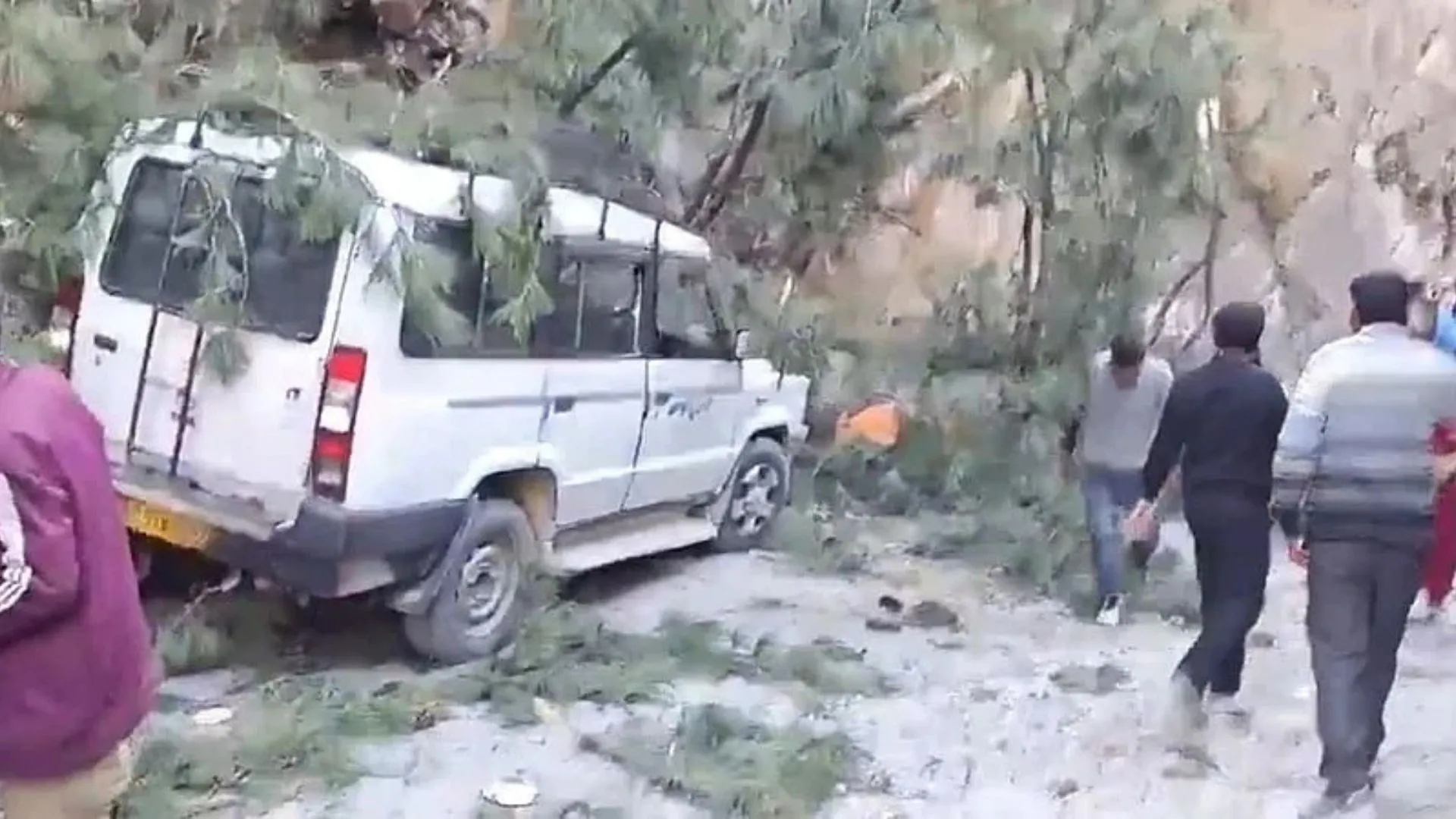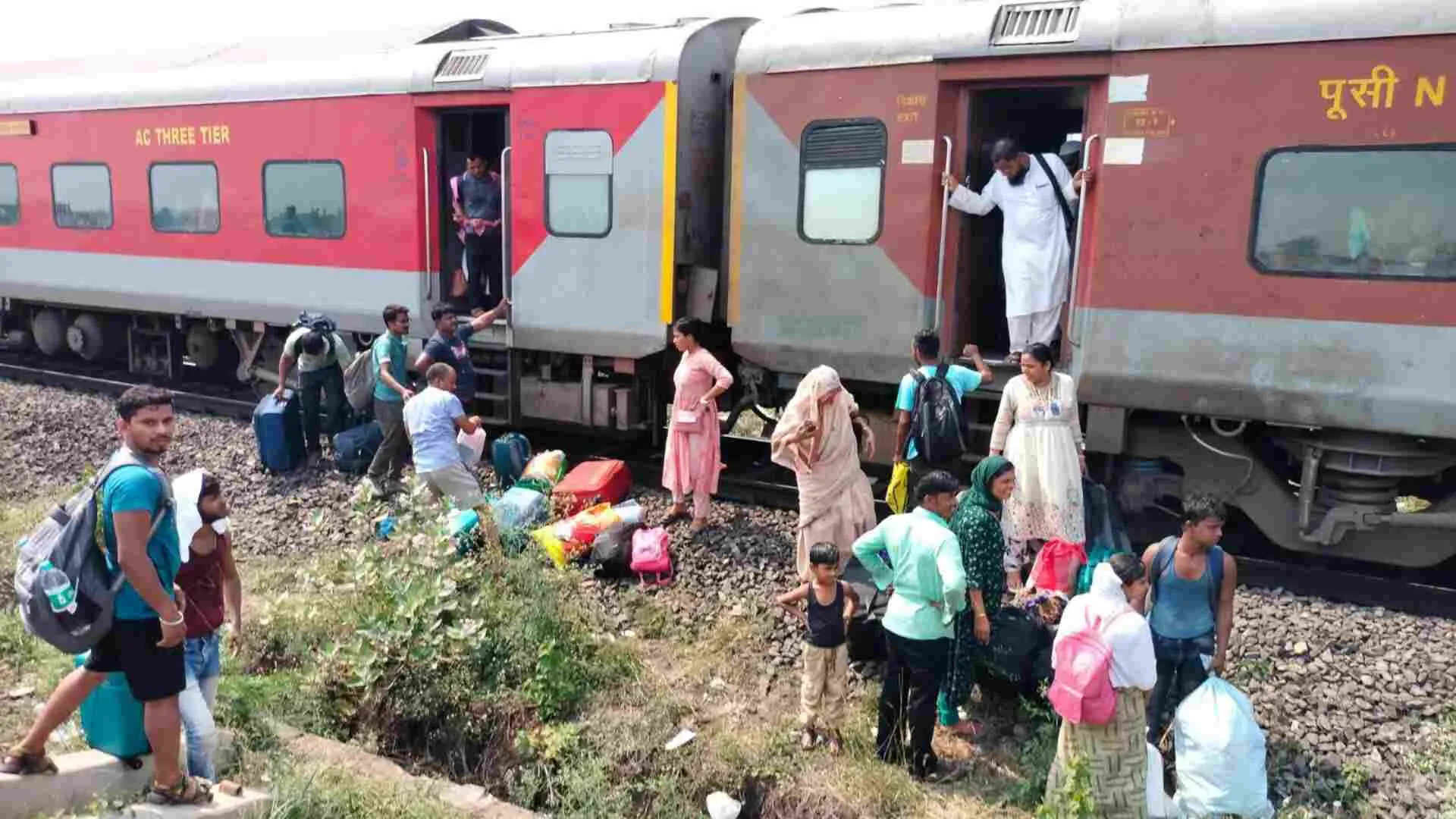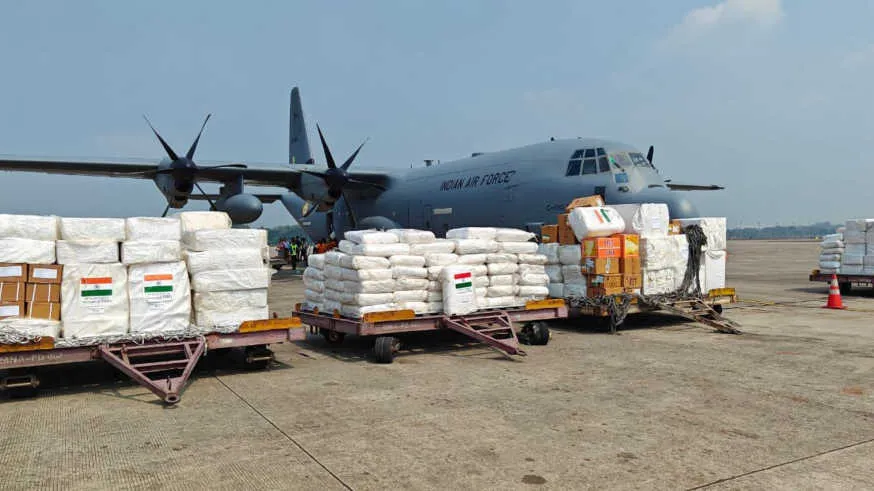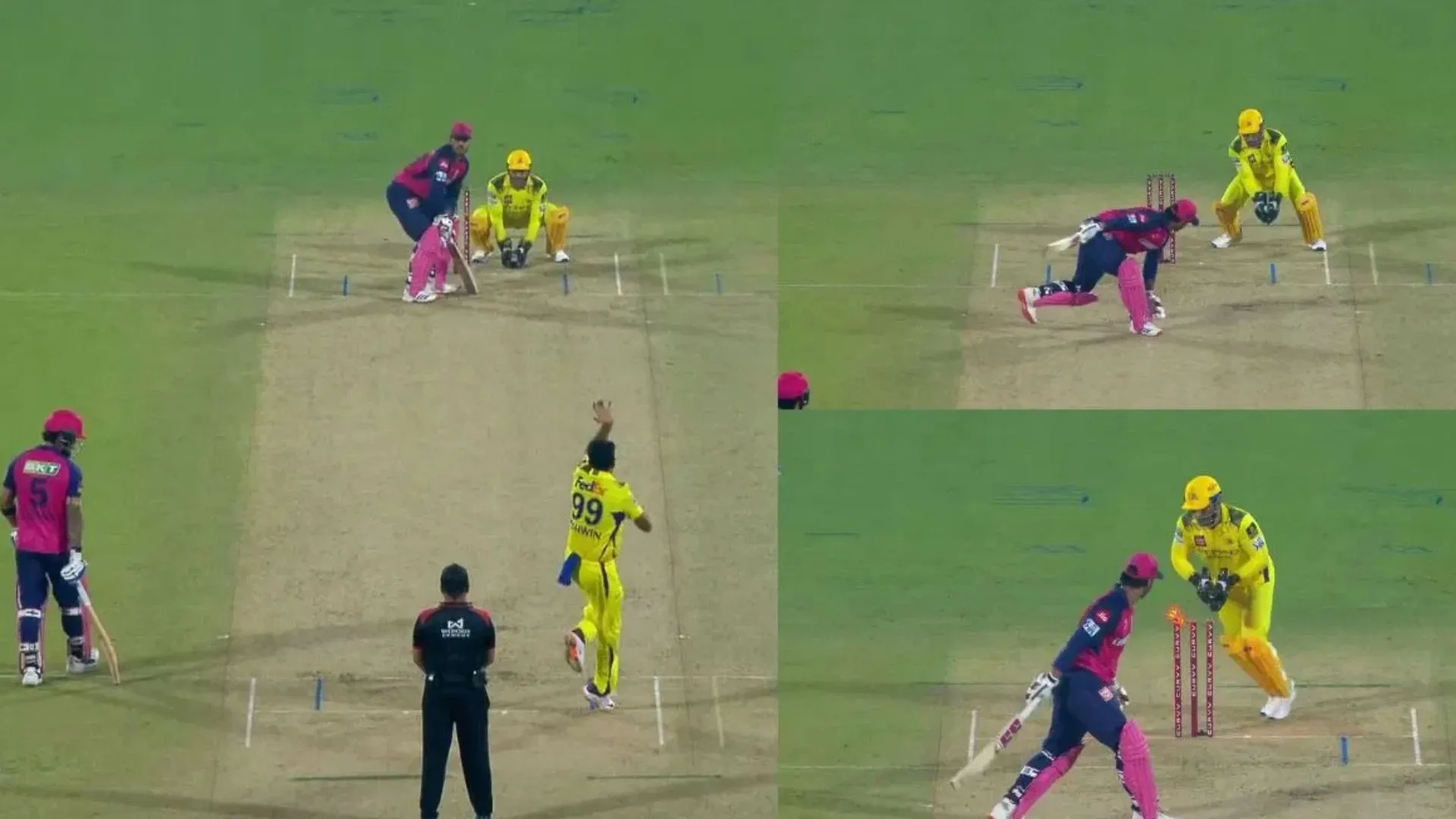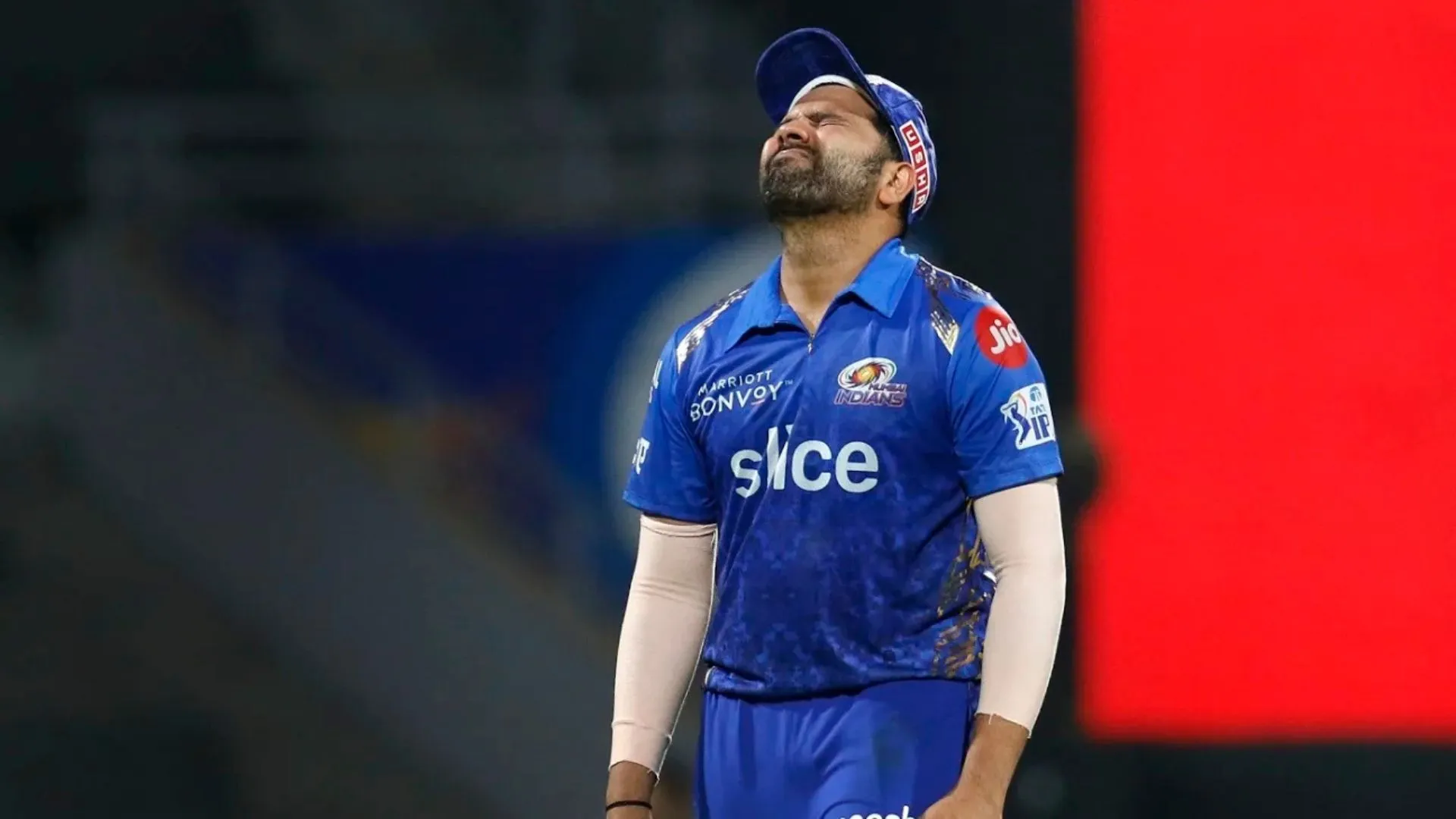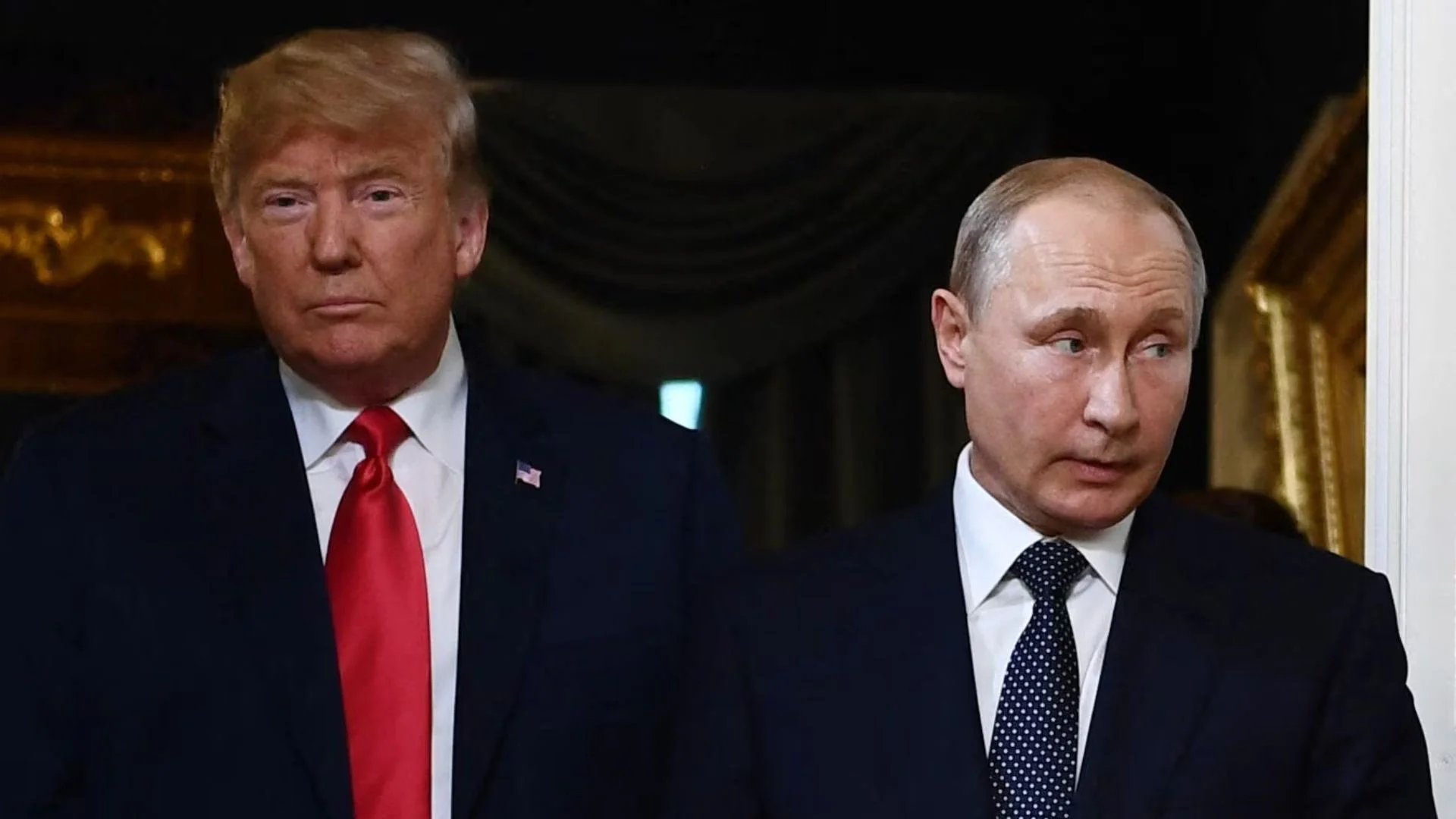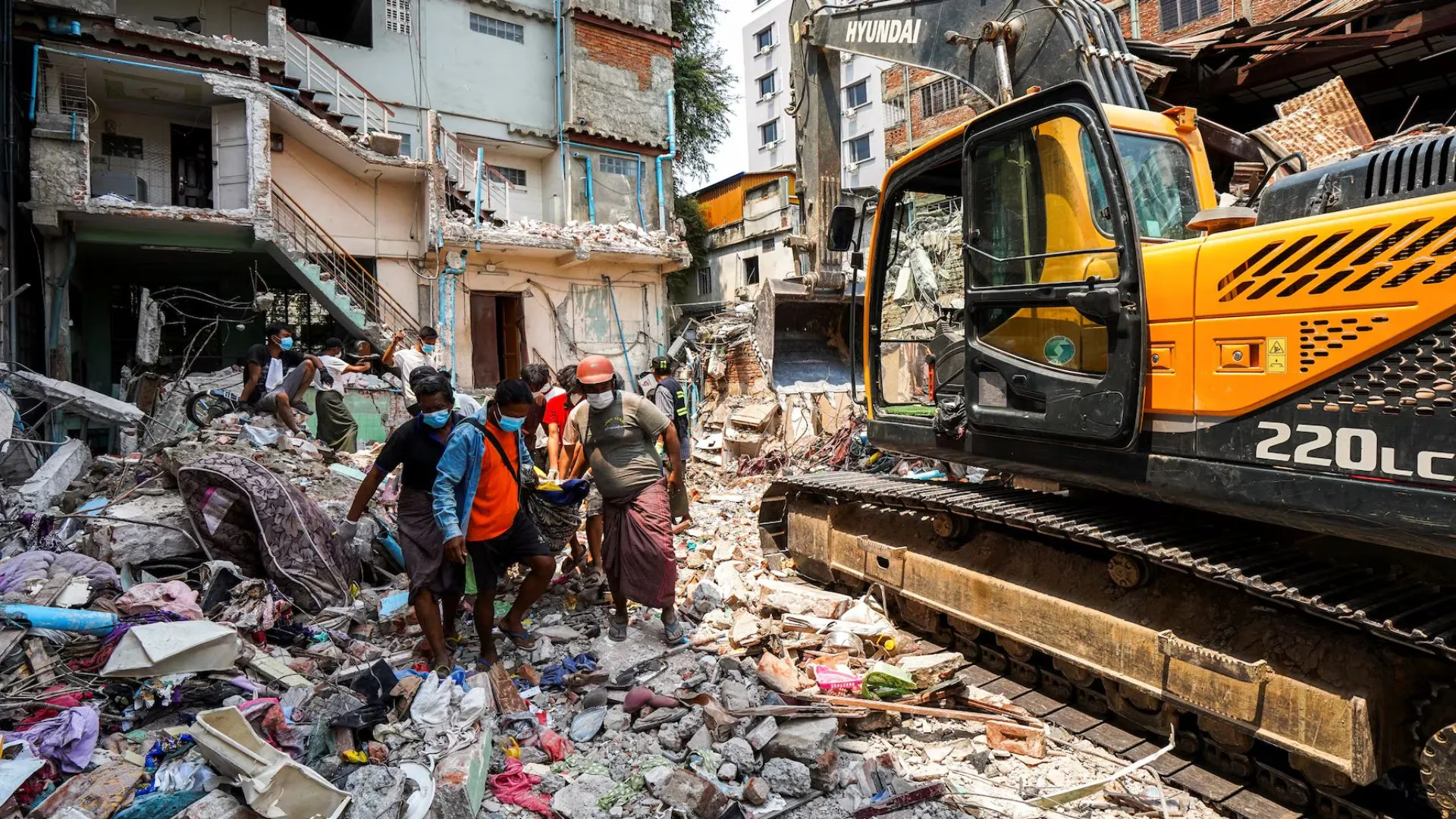The historic 16th-century Jama Masjid in Moradabad’s Sambhal has become the center of a contentious legal and ideological battle, leading to violent riots, multiple deaths, and arrests. A court-mandated survey of the mosque, built during Mughal emperor Babur’s reign (1526–1530), sparked protests that spiraled into chaos, bringing the city to a standstill.
Historical and Religious Significance
The Jama Masjid, constructed under the supervision of Hindu Beg Qucin, one of Babur’s lieutenants, features Mughal-era architectural elements such as a central dome and Persian inscriptions. The mosque’s construction reportedly involved integrating remnants of pre-existing Hindu temples, which has been a source of debate among historians.
Sambhal is significant in Hindu mythology as the prophesied birthplace of Kalki, Vishnu’s final avatar, destined to appear to end the Kalyug (the age of darkness). Earlier this year, Prime Minister Narendra Modi laid the foundation for the grand Kalki Dham temple, emphasizing Sambhal’s importance in Hindu traditions.
Legal Dispute
The controversy began when advocate Vishnu Shanker Jain, known for involvement in other mosque disputes, filed a petition alleging that the Jama Masjid was built atop a destroyed temple dedicated to Lord Kalki. The petitioners referenced historical texts like Baburnamah and Ain-e-Akbari to support their claims, arguing that the Archaeological Survey of India (ASI) had neglected its duty to protect the site.
The petition sought unrestricted access to the mosque for Hindu worshipers, claiming their rights were being violated. The mosque’s management committee countered, citing the Places of Worship Act, 1991, which prohibits altering the status of religious sites as they stood on August 15, 1947.
The Survey and Its Aftermath
On November 19, 2024, the court ordered an initial survey of the mosque, sparking outrage among local Muslims and political leaders, who labeled the move as judicial overreach. Tensions escalated when a second survey was scheduled on November 24.
Protests erupted near the mosque, with demonstrators fearing a repeat of the Babri Masjid demolition. The protests turned violent, resulting in stone-throwing, arson, and clashes with security forces.
Key Outcomes:
- Four individuals, including three young men, were killed.
- Over 30 police personnel sustained injuries.
- Vehicles were torched, and property around the mosque was damaged.
- Internet services were suspended, and prohibitory orders were imposed to prevent further unrest.
The police have vowed strict action against those responsible, invoking the National Security Act (NSA) where applicable. Meanwhile, political and religious leaders have called for calm as the city grapples with the fallout from the unrest.


